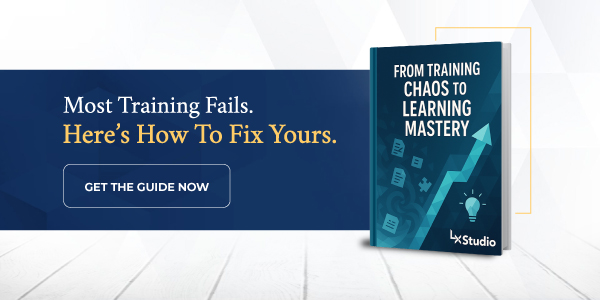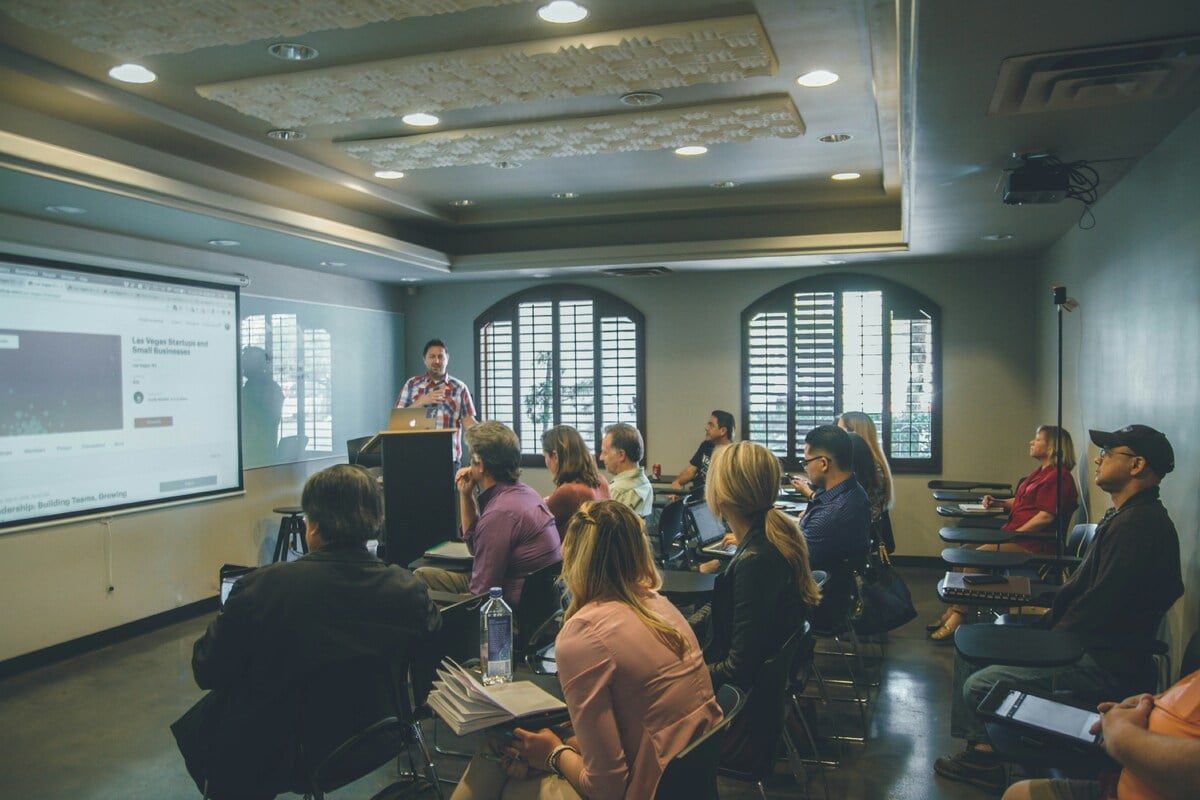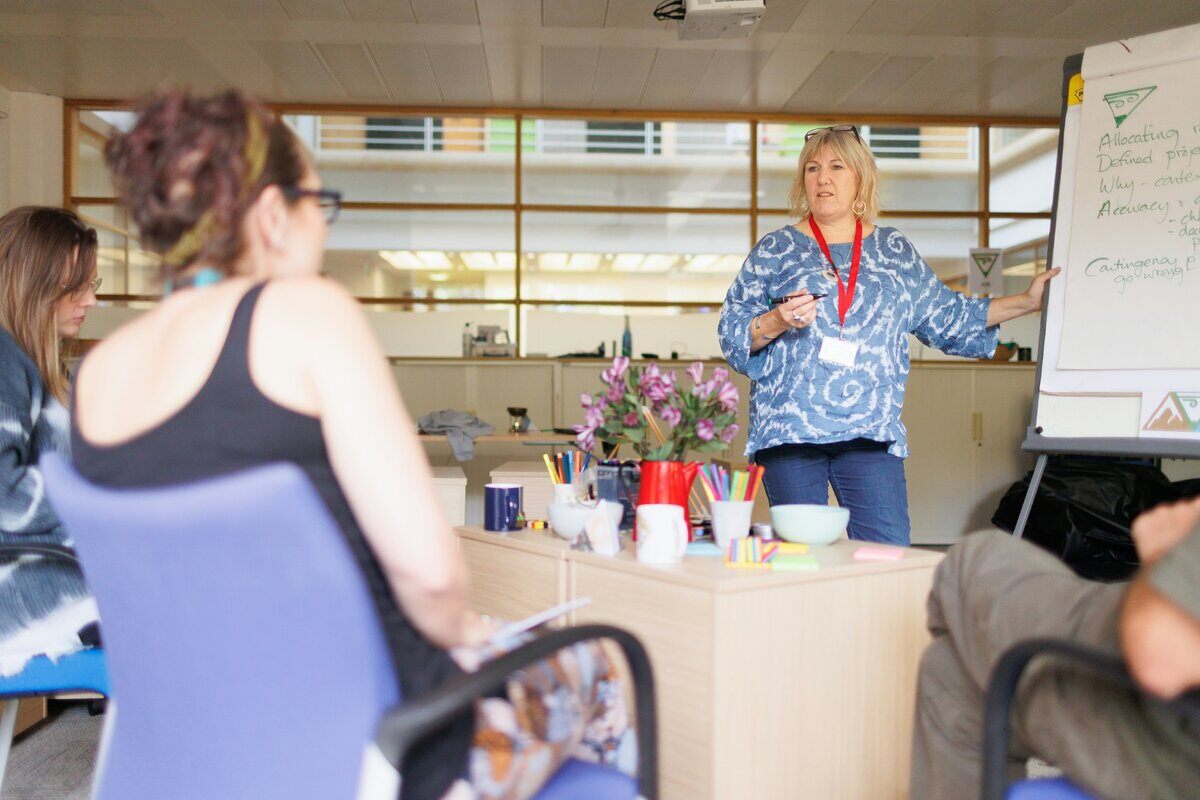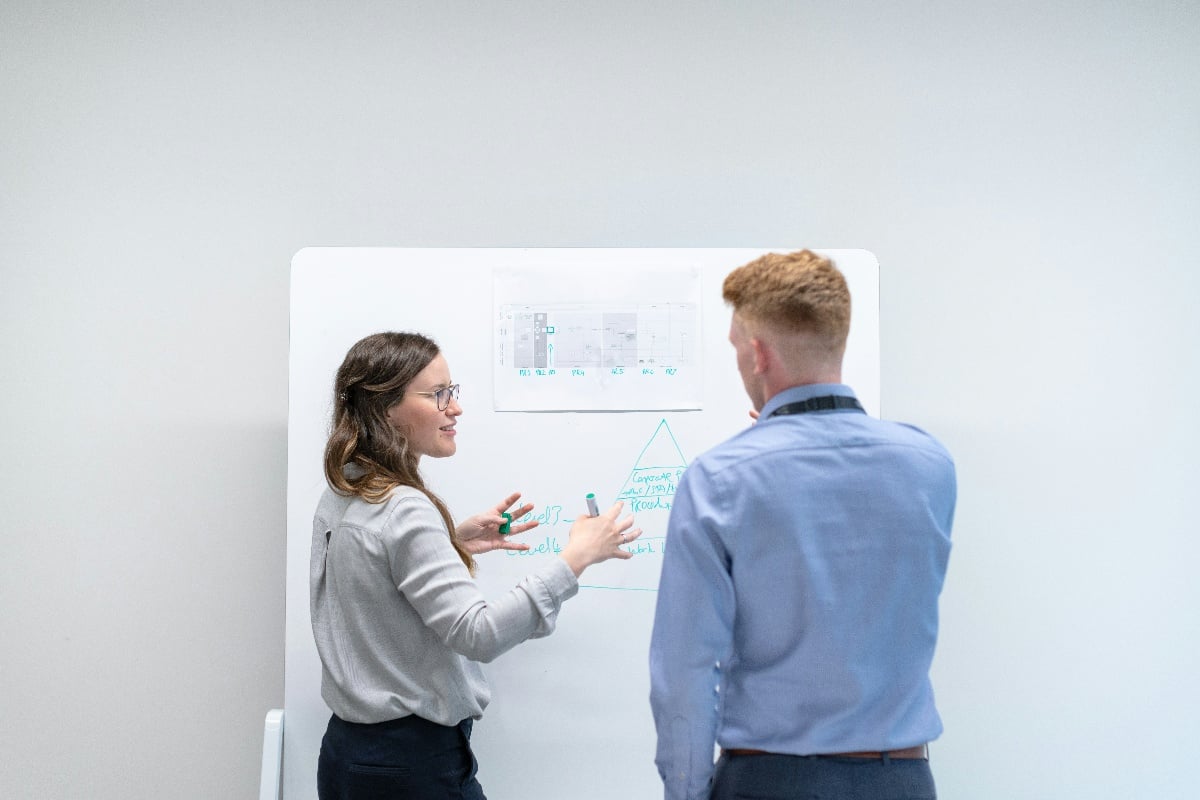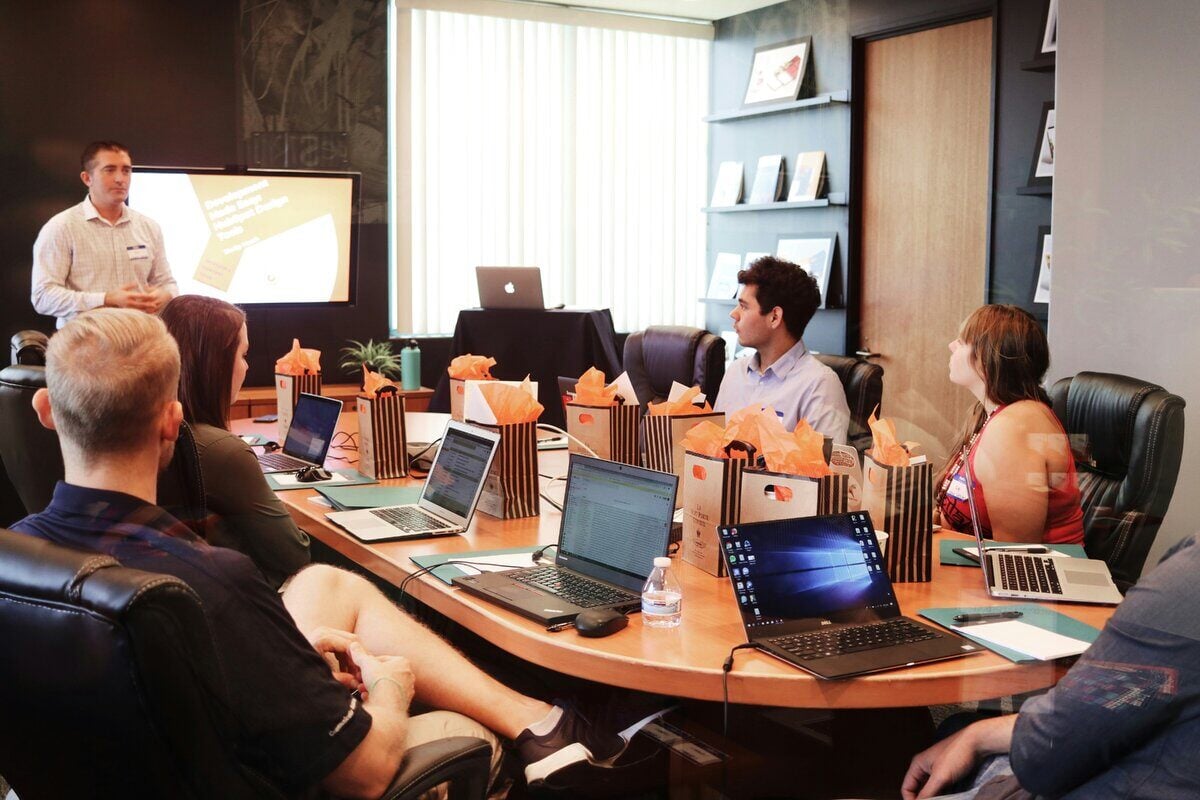
How Industry Feedback Makes Learning Design Smarter
Learning design is the planning, development, and refinement of educational experiences with a clear, measurable goal.
In the workplace, traditional in-house training was often broad.
New hires across departments received the same materials, which created a common baseline, but rarely addressed the needs of specific roles.
A salesperson and an accountant, for example, might go through identical onboarding despite doing very different work.
Modern learning design takes a more focused approach.
It supports reskilling, upskilling, and performance improvement by tailoring content to tasks and outcomes rather than offering one-size-fits-all information.
The Role of Industry in Learning Design
Because industries and tools change quickly, learning materials need to evolve, as well.
A program that works today may be outdated tomorrow.
Effective design anticipates this by building in ways to check for relevance and impact over time.
Feedback is key.
When it’s integrated into the design process, feedback keeps learning aligned with real-world demands.
It also guides updates to content, technology, and assessment so learners can apply what they’ve learned in practice.
Input from industry experts strengthens the process further, ensuring training reflects current practices and prepares learners for the specific challenges they’ll face.
Developing custom learning solutions for an IT services provider will look a lot different from one designed for a financial services organization.
While they may share a similar corporate structure and underlying framework, virtually everything else is different.
When it comes to creating meaningful learning experiences, industry specifics should guide design at each step of the way.
Keeping Content Current
Industries evolve quickly.
New technologies emerge, regulations change, and best practices shift.
If content stays frozen in time, learners end up training for a world that no longer exists.
Involving industry ensures that training material remains aligned with what’s actually happening in the field.
Even the most carefully designed learning program can become outdated if it doesn’t adapt.
Instead of waiting for a five-year review cycle, institutions can adjust materials regularly, sometimes even in real time, as industry needs evolve.
Identifying Emerging Skill Needs
Industry voices act as an early warning system, informing busy employers of new skill gaps.
By sharing what they see coming down the pipeline, they help trainers future-proof learning design, so learners stay ready for both today’s challenges and tomorrow’s opportunities.
Creating Structured Feedback Loops
Industry involvement shouldn’t be a one-time consultation, but rather an ongoing process.
Structured feedback loops create a rhythm of communication, ensuring programs never drift too far from real-world needs.
Involvement in Strategy Development
One of the best ways to create those feedback loops is to invite industry stakeholders to the strategy development process from the beginning.
When industry leaders are invited to the strategy table, they bring fresh and relevant perspectives that shape the bigger picture.
Instead of just tweaking content, they help guide the direction of entire programs.
This level of involvement creates alignment between what organizations need and what learners are being taught.
Advisory Boards and SME Input
Developing an advisory board and seeking the input of SMEs (subject matter experts) is another way to make sure that your learning feedback loops stay active.
Advisory boards and SMEs serve as the bridge between theory and practice.
They catch blind spots and help refine details so that learning materials don’t just look good on paper but actually hold up in the real world.
Benefits of Ongoing Collaboration
When trainers and industry experts maintain a close working relationship, the benefits ripple outward to employers, learners, and the broader economy.
Increased Employer Buy-In
Employers are far more likely to value and support programs they’ve had a hand in shaping.
Their buy-in often translates into internships, apprenticeships, or even direct investment in training programs.
In other words, collaboration turns passive observers into active partners.
Better Learner Outcomes
Learners benefit most when their education mirrors the demands of the workplace.
They complete their learning with skills that employers are actively seeking, which boosts employability and job readiness.
Real-Life Application
Theories and frameworks are valuable, but the true test of learning design is in how it plays out in the real world.
Partnerships With Trade Associations
Trade associations are more than just networking groups—they’re industry barometers.
They bring together employers, practitioners, and thought leaders, which makes them invaluable partners in learning design.
By working with these associations, trainers gain access to a curated stream of insights that reflect the collective priorities and concerns of an entire field, not just one or two companies.
If a trade association highlights a shift in compliance requirements or new technological standards, for example, that information can be fed directly into curriculum updates.
This creates a “shortcut” between industry shifts and classroom instruction.
Beyond insights, associations often provide resources like research reports, toolkits, and even guest speakers, which further enrich learning programs.
Next Steps
At LX Studio, we believe that you have the passion and the talent to effect change across your organization.
You just need a plan and support to go along with it.
Our dedicated team of professionals works to extract as much value as possible from your data, understanding your existing content to identify opportunities to push things forward.
We create a strategy for learning success that combines industry collaboration with training relevance, ensuring that you always have whatever you need to meet the ever-changing needs of today's learners.
If you'd like to find out more information about how industry feedback makes learning design smarter, or if you have any additional questions about learning feedback loops that you'd like to go over with someone in a bit more detail, please don't hesitate to contact LX Studio today.

